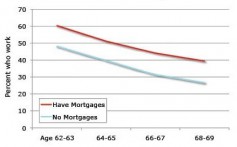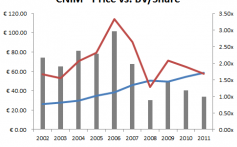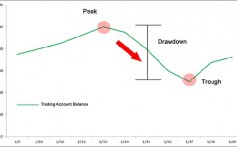Five Key Strategies For Investment Success
Post on: 16 Март, 2015 No Comment

3A%2F%2F1.gravatar.com%2Favatar%2Fad516503a11cd5ca435acc9bb6523536%3Fs%3D70&r=G /%
William Cuthbertson, MBA, EA, CFP®
WILLIAM CUTHBERTSON began his career in the financial planning profession in 1999, founding Fiscalis Advisory in 2003 after working with, and studying under some of the most qualified CERTIFIED FINANCIAL PLANNER™ professionals in the country.
After earning an honors MBA from the George Herbert Walker School of Business & Technology of Webster University, Mr. Cuthbertson received his graduate certificate in personal financial planning from the University of California, Irvine. Shortly thereafter, he completed CFP Board’s comprehensive qualification process, and earned the right to use the CFP® marks as a board certified financial planner. As a tax specialist, he has also been admitted to practice before the IRS, and State taxing authorities as an Enrolled Agent.
In addition to these marks of distinction, Mr. Cuthbertson is also a NAPFA-Registered Financial Advisor, a Registered Life Planner®, and a member of the Alliance of Cambridge Advisors.
Mr. Cuthbertson is active as a leader in the profession. He is a former board member of the nationally based Alliance of Cambridge Advisors, and currently serves as President-Elect of the Financial Planning Association Orange County Chapter Board of Directors. He frequently speaks on personal finance for the popular Orange County Foundation sponsored It’s Your Money seminar series.
Are you frustrated by your investment experience? Dissatisfied with your returns? Unfortunately, this is true for far too many investors. Poor performance is routinely due to poor asset allocation and diversification decisions, as well as attempts at stock picking, market timing, and other speculative strategies – mostly under the guise of informed investing.
Here are five key strategies to assist you in achieving your investment goals:
Strategy 1 – Start Early
Starting early is perhaps the most important rule for achieving investment success. On average, it takes approximately 7 to 8 years to double your money in the market (assuming long-term average equity returns). If you can do this doubling at least four times, while saving and investing at least ten percent of your annual gross income—and without prematurely dipping into your treasure trove—you will find yourself in pretty good shape after 30 years of investing. Because the last doubling cycle is generally the most valuable, those who wait to get started find they need to save two, three, or four times as much to make up for starting late.
Strategy 2 – Go Long and Don’t Look Back
Invest for the long term and don’t try to time the market or succeed via stock-picking strategies. These are speculative activities. And, just like betting against the house, in the long run the odds are that you will lose. Markets are volatile, and returns do fluctuate. Consequently, buying for the long term without looking back can be hard to do. Combine this with the constant drumbeat of the financial media encouraging you to engage in speculation as opposed to investing – and it gets pretty difficult to stick it out. With all these influences, it is no wonder the average investor usually sells too soon.
Strategy 3 – Asset Allocate and Diversify
When you consider that the structure of a portfolio generally accounts for well over 90% of its variation in returns, determining what proportion of your money to invest in equity assets versus fixed- income assets is clearly one of the most important investment decisions you will make. This decision will also impact whether or not you will be able to sleep at night. If you choose an allocation that has more risk than you can tolerate, you are increasing the odds that you will end up selling out when you should be holding on. Additionally, failure to diversify geographically, and across all risk factors. can result in additional risk as well as missed opportunity that shows up in the form of lower returns.
Strategy 4 – Be Systematic
Practicing a systematic and consistent investment strategy to grow and maintain your portfolio will enhance your returns and give you a framework for investment decision making. Regular investing with an allocation plan can reduce the tendency to be influenced by your emotions during market extremes. Those emotions can undermine an otherwise successful, long-term strategy. Close investigation of investor behavior reveals that many investors wait for the markets to rise before they buy. This is the exact opposite of what you want to do! Using proven methods for implementing and maintaining your strategy is a good way to prevent this from happening to you.
Strategy 5 – Know Your Weaknesses and Get Help When You Need It
Accept it: we are prone to undermine ourselves when it comes to investing our own money. Research in behavioral finance has shown we all have decision-making tendencies which gear us toward investment failure. We tend to be overconfident and unjustifiably optimistic. We are overly influenced by the media, and we also have a tendency to believe there is predictability in random events – such as the movement of stock prices from day to day.
Because of these natural tendencies, it is important to have an investment plan that, as much as possible, reduces our biases –a prime goal of these five key strategies. If you are unsure of how to achieve a successful investment experience on your own, get the assistance you need so you too can begin experiencing the returns you most certainly deserve!














